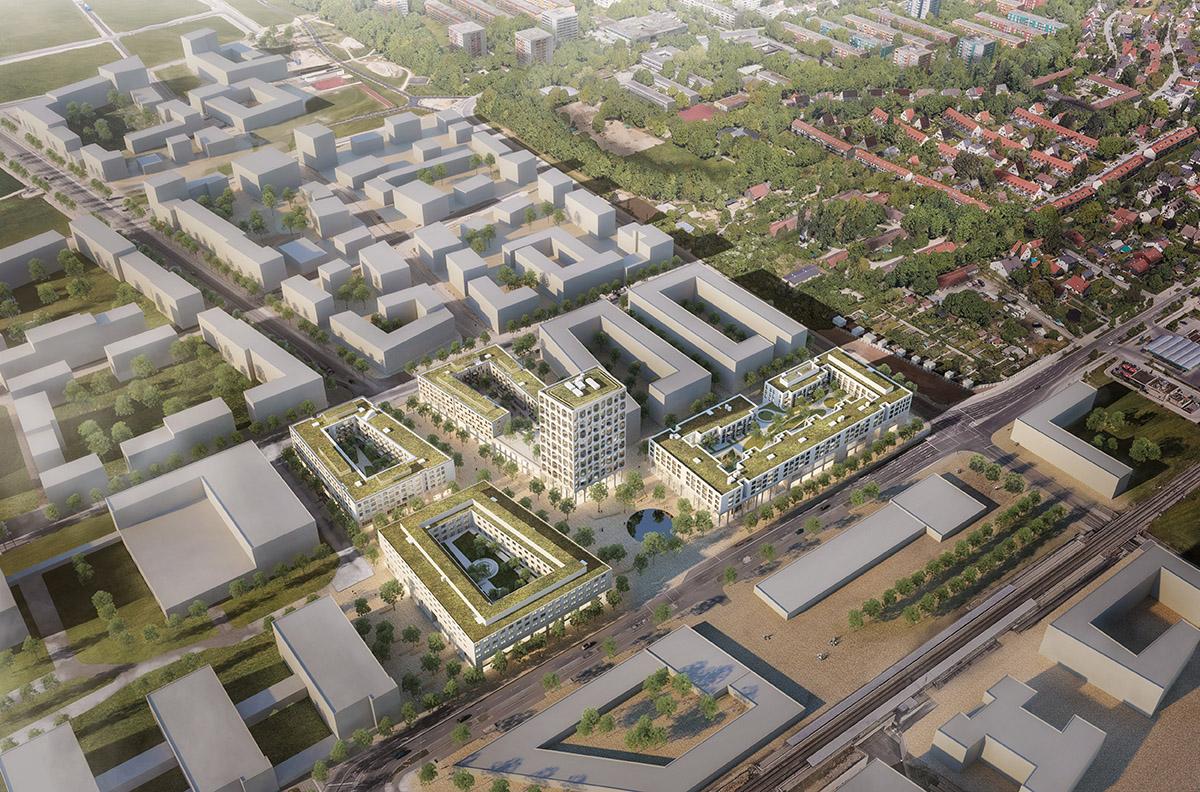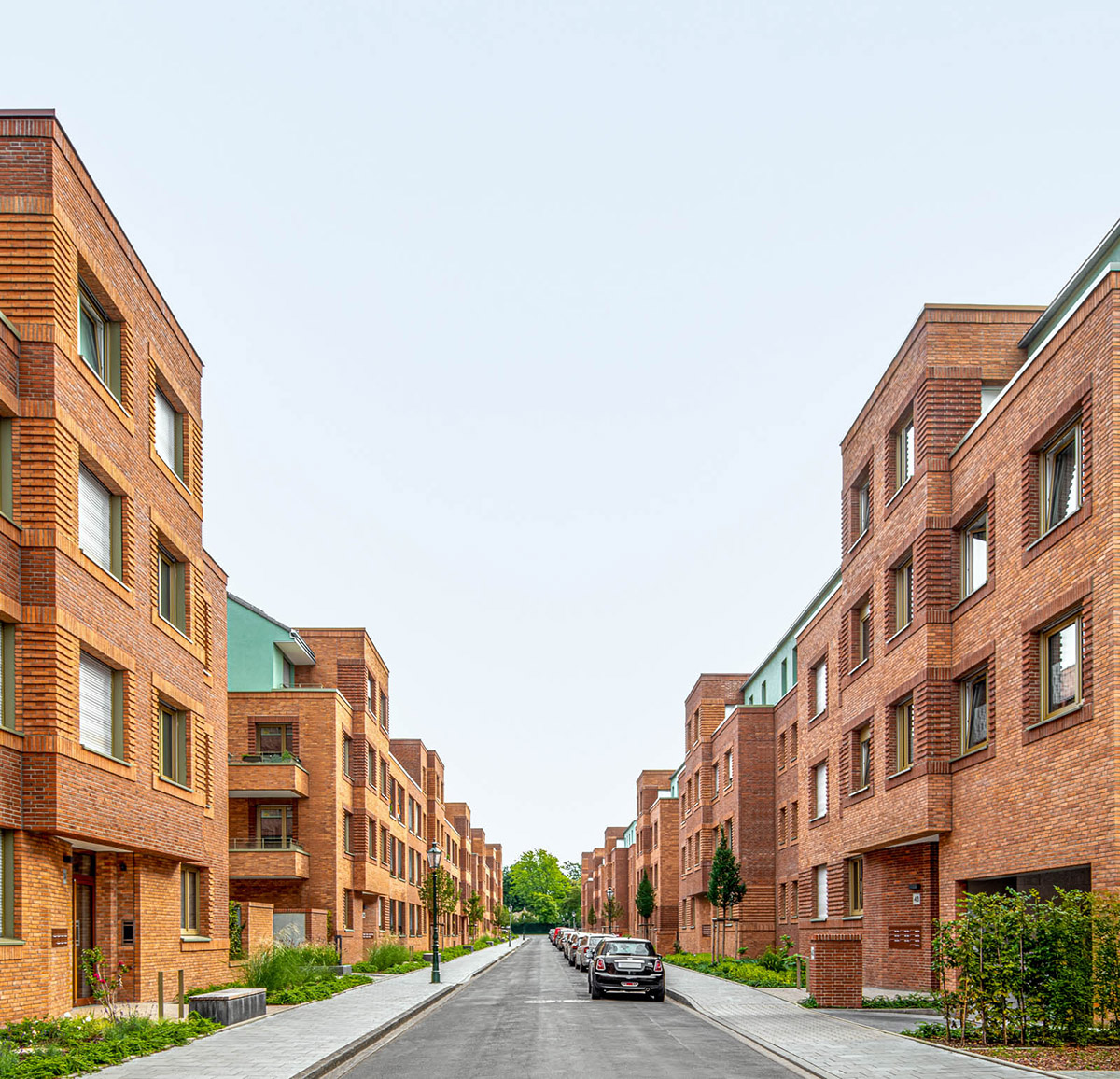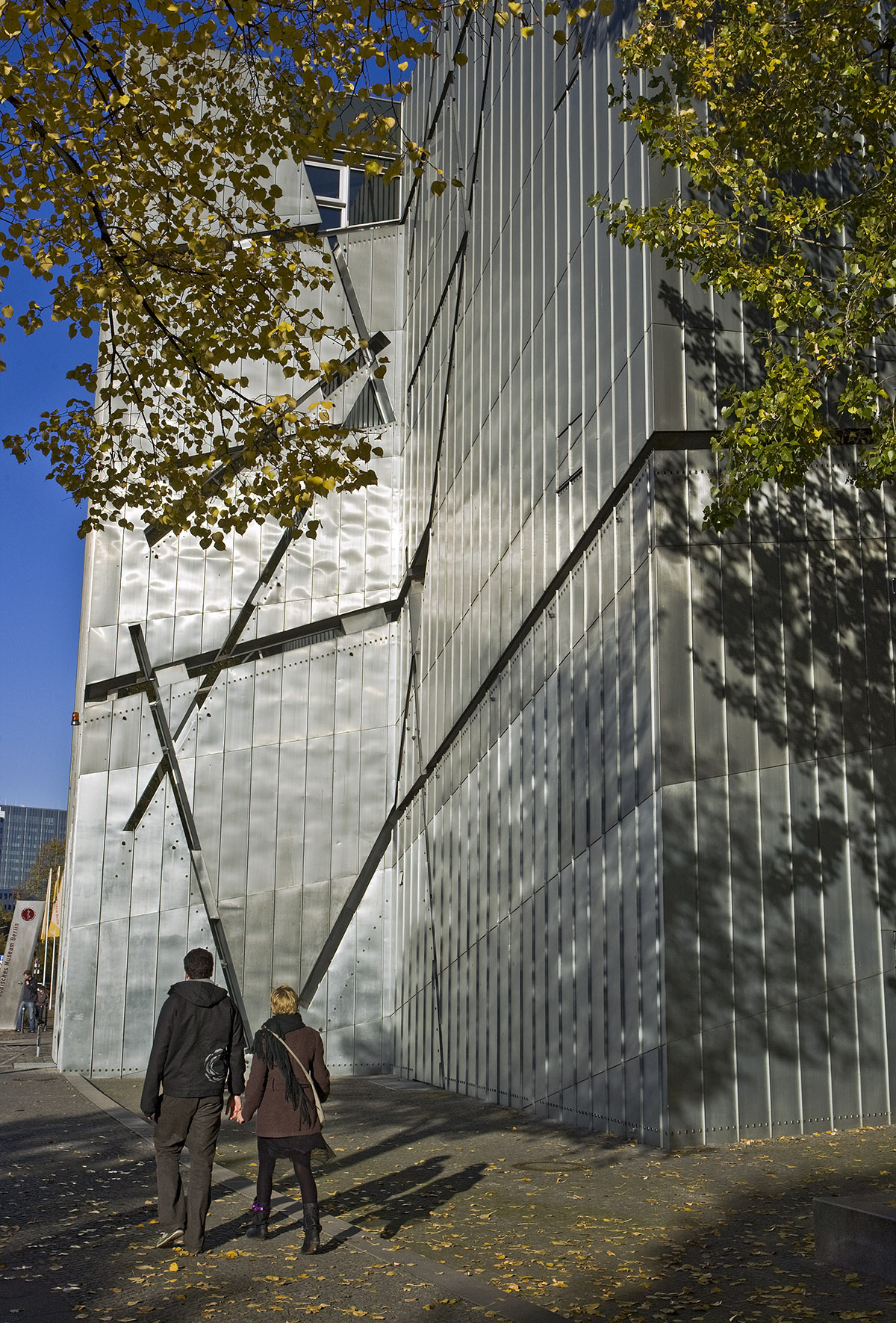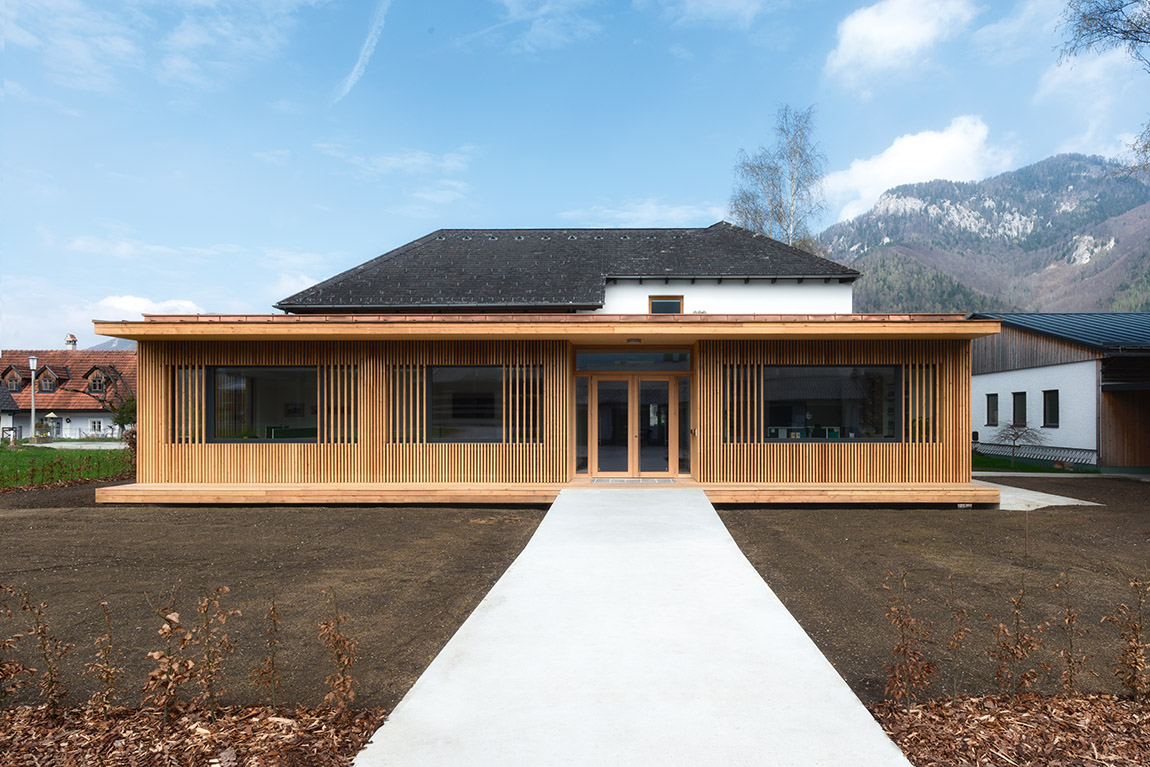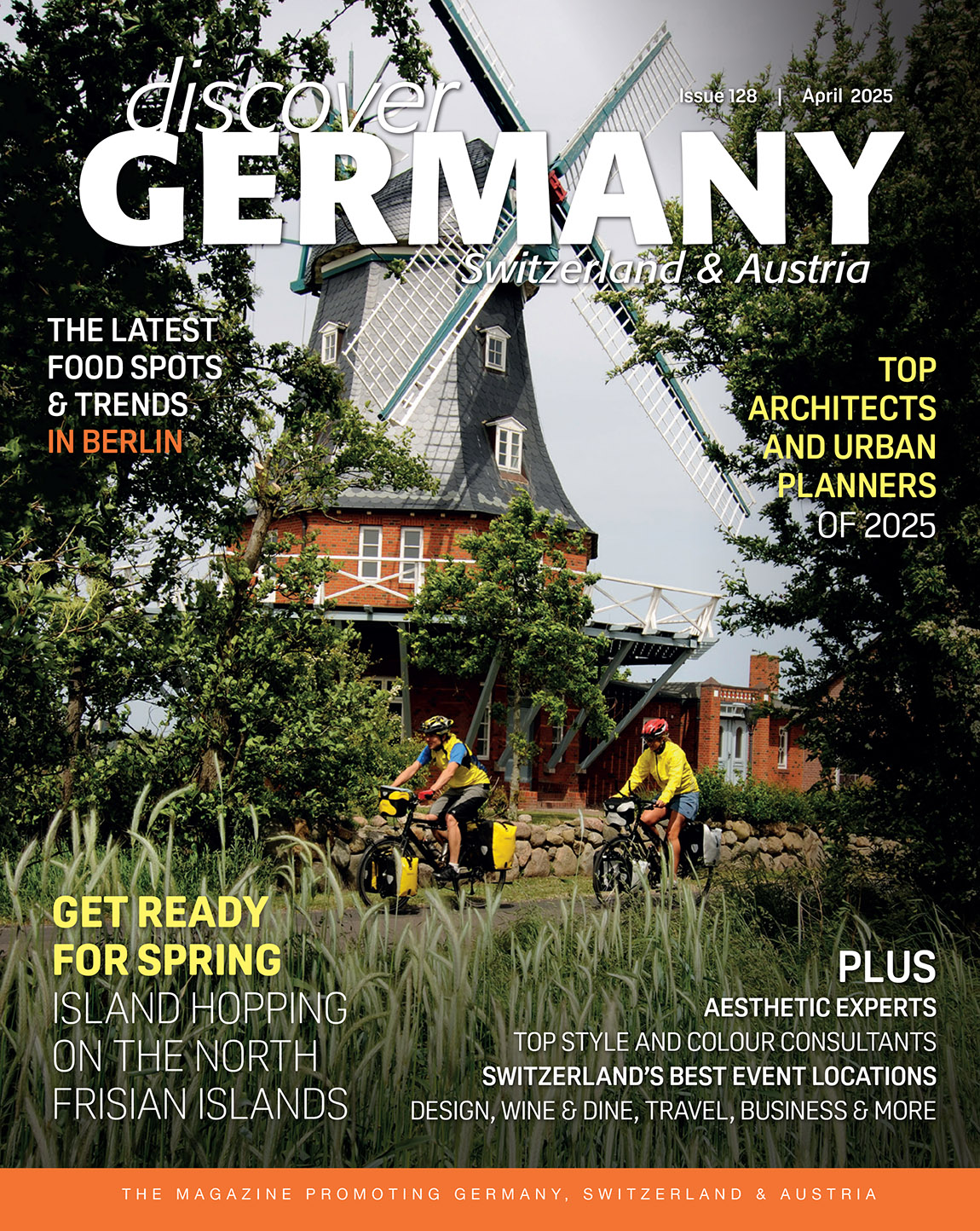German Architecture – Because Perfection Matters

Is there something such as German Architecture?
There was a time when German architecture was synonymous with modernity and avantgarde. This period, linked with names like Mies van der Rohe, Walter Gropius or Bruno Taut, became a world-famous brand: Bauhaus. It’s protagonists, of whom many had to leave Germany in the 1930s, influenced modern architecture on a global scale. Bauhaus was probably the last movement we can refer to as a pool of certain architectural ideas, planning concepts and designs rooted in Germany. Today, German architecture can’t be reduced to a single term. All over the world, Germany is famous for its car industry, engineering and the role it plays in environmental protection. Its architecture, though, seems to be less wellknown, at least when it comes to big spectacular projects that gain international attention.
There are almost 127,000 architects in Germany, registered as either architect, interior designer, landscape architect or urban planner. The overwhelming majority of them run their businesses in small studios or planning offices and mainly work on a local or regional level. This is certainly different to the situation, for instance, in the UK, where you have big architectural companies with hundreds or thousands of employees. In Germany, an architect is considered less an entrepreneur but more a creative artist who takes full responsibility for the project, from the very first sketch to the last socket that is fixed in the newly built house.This special feature – the rather small-scale business with a lot of personal responsibility involved – might be one of the reasons why German architects aren’t as famous as, let’s say, Norman Foster or Frank O. Gehry. Nevertheless, there are quite a few German architects who have succeeded internationally.
How to get to know German architects, their projects and their work?
The Federal Chamber of Architects (Bundesarchitektenkammer), being the official representative of German architects on both the federal and international level, entertains a special network – Netzwerk Architekturexport NAX – that was founded in 2001 and is aimed at supporting German architects competing on a growing global
market. NAX brings together German architects with experience abroad, helps make contact with specialists and potential clients and encourages international activities by supplying information and expertise. Both architects and clients can rely on an excellent, permanently updated database that contains all the necessary information about legal regulations concerning fees or liability in more than 100 countries.
Given the well-differentiated and specialized structure of the architectural business in Germany, does it have any influence on the work of architects as well as on the architecture itself?
It is a traditional feature of German architecture that there are no large companies who dominate the field but a large number of rather small, often highly specialized offices that offer planning services and designs tailored to the particular needs of their clients. This individual approach in striving for perfection with every project is without doubt one of the unbeatable advantages of working with a German architect.
By Dr. Tillmann Prinz, Secretary General, Federal Chamber of German Architects, published in Discover Germany issue 8 – October 2013 | Photos: Werner Huthmacher (Berlin)
Subscribe to Our Newsletter
Receive our monthly newsletter by email
